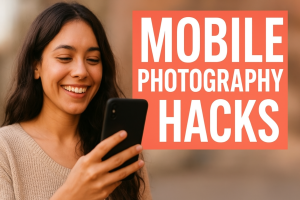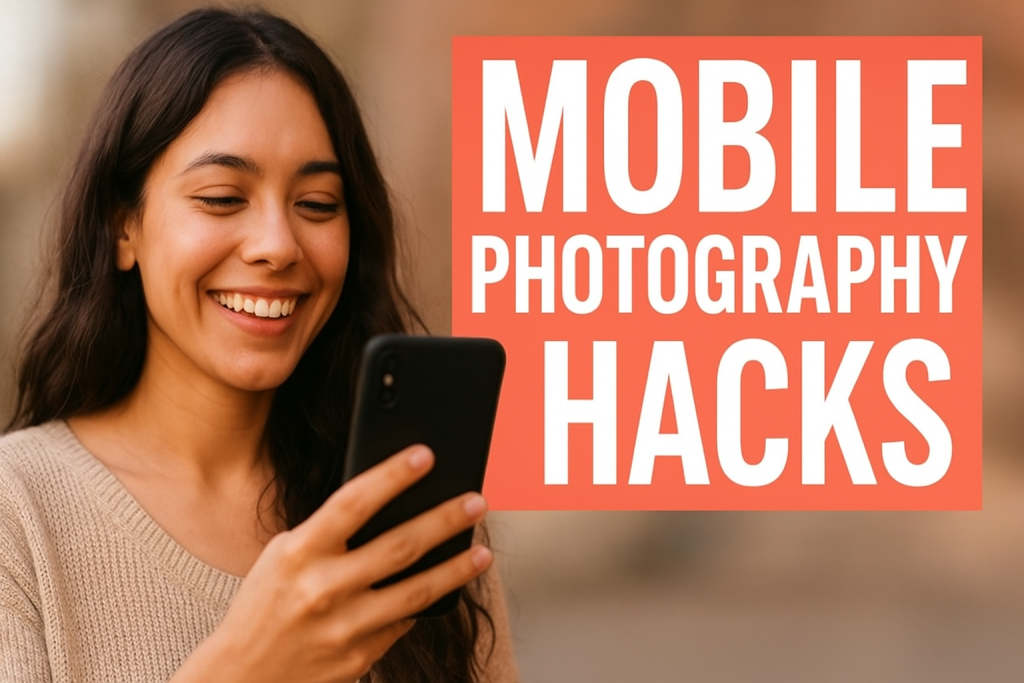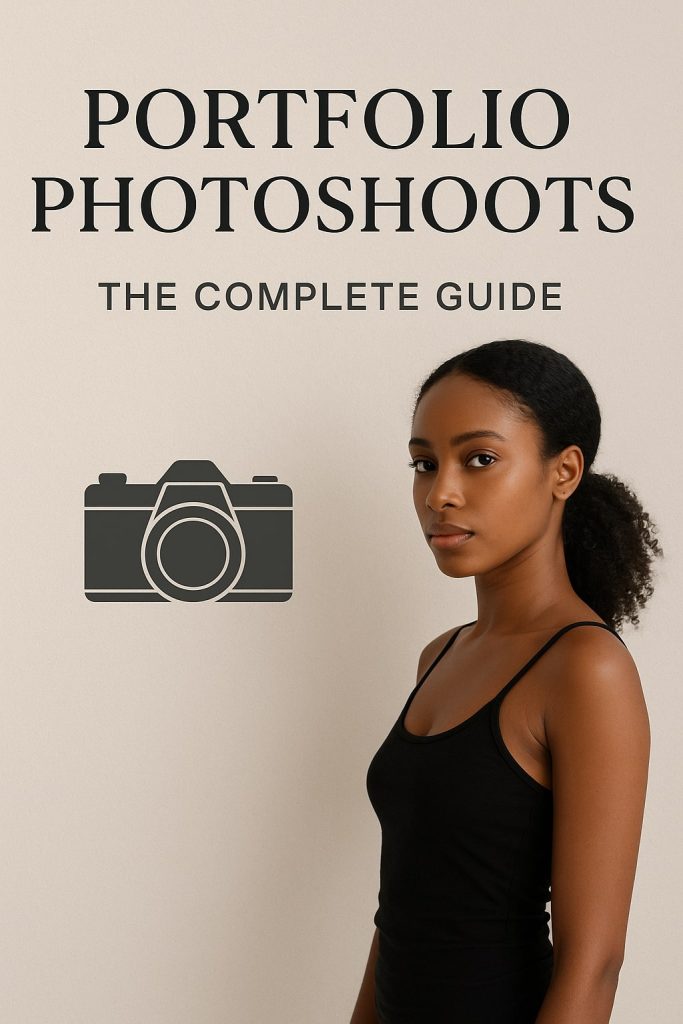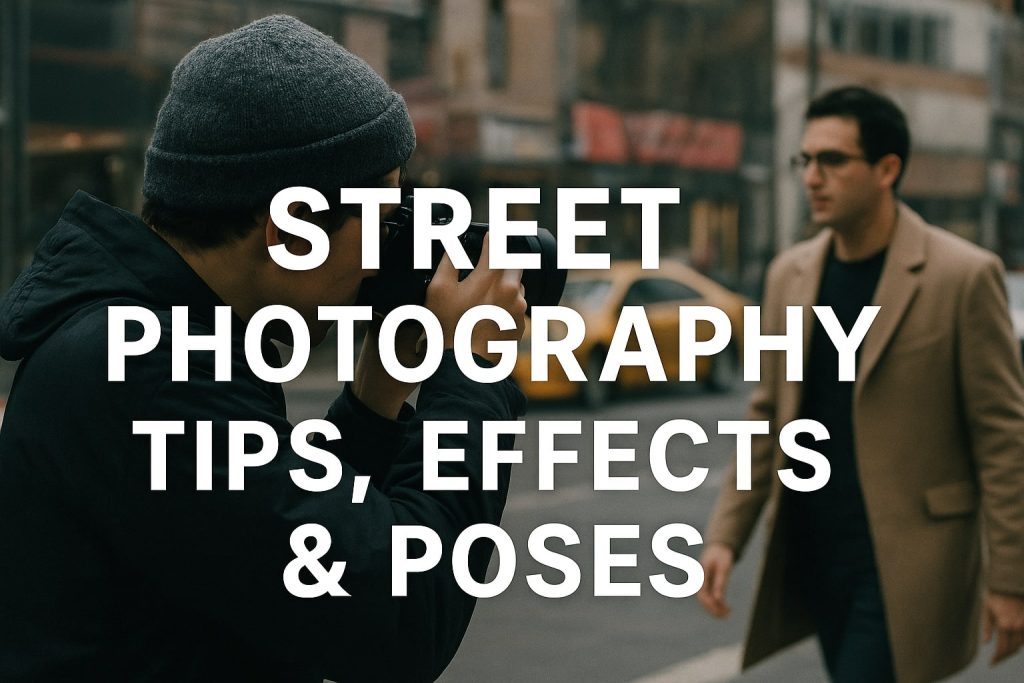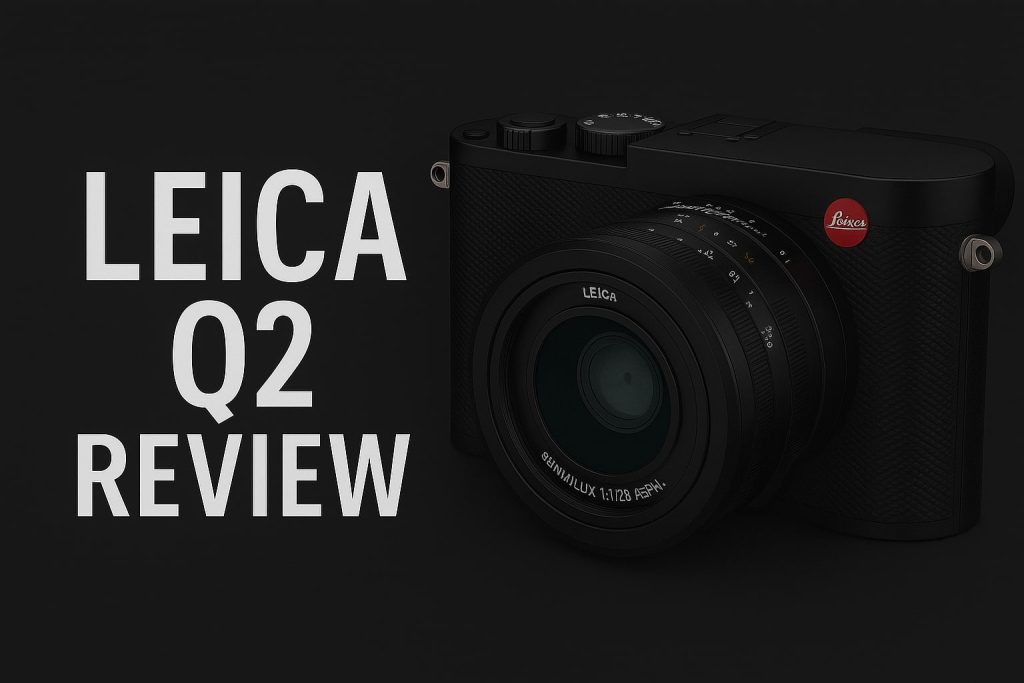Photography is more than just capturing images; it is an art form that allows you to freeze time and express creativity. Whether you want to pursue photography as a profession or a hobby, understanding the fundamentals is essential. This photography guide will help you master the basics, from camera settings to composition techniques, ensuring you develop strong photography skills.
1. Understanding the Basics of Photography
Before diving into advanced photography guide, it is crucial to grasp the foundational concepts.
1.1 What is Photography?
Photography is the process of capturing light using a camera to create images. The quality of an image depends on several factors, including lighting, composition, and exposure settings.
1.2 Types of Photography
There are various genres of photography, each requiring a different skill set and approach:
- Portrait Photography – Capturing people’s emotions and expressions.
- Landscape Photography – Showcasing natural scenery and environments.
- Street Photography – Documenting everyday life in public spaces.
- Wildlife Photography – Capturing animals in their natural habitats.
- Macro Photography – Focusing on close-up details of small subjects.
- Event Photography – Capturing moments from events like weddings, concerts, and parties.
2. Essential Camera Gear for Beginners
Selecting the right photography equipment is the first step to improving your skills.
2.1 Camera Types
Understanding different types of cameras will help you make an informed decision when purchasing one:
- DSLR (Digital Single-Lens Reflex) – Offers high image quality and manual control.
- Mirrorless Cameras – Lightweight and offer advanced features without the bulk of a DSLR.
- Compact Cameras – Portable and easy to use but with limited manual controls.
- Smartphone Cameras – Convenient and increasingly powerful with AI enhancements.
2.2 Essential Accessories
- Lenses – Prime and zoom lenses for different photography needs.
- Tripod – Helps stabilize shots, especially in low light.
- Memory Cards – High-capacity SD cards for storing images.
- Camera Bag – Protects your gear while traveling.
- Cleaning Kit – Maintains your camera lens for optimal performance.
3. Mastering Camera Settings
Understanding your camera settings will help you control how your photos turn out.
3.1 The Exposure Triangle
The three primary settings that influence exposure are:
- Aperture (f-stop) – Controls depth of field and the amount of light entering the camera.
- Shutter Speed – Determines how long the sensor is exposed to light.
- ISO Sensitivity – Adjusts the camera’s sensitivity to light.
3.2 White Balance
White balance ensures that colors in your photos appear natural under different lighting conditions.
3.3 Shooting Modes
- Auto Mode – The camera selects settings automatically.
- Manual Mode – Allows full control over exposure settings.
- Aperture Priority (A/Av Mode) – You set the aperture while the camera adjusts other settings.
- Shutter Priority (S/Tv Mode) – You set the shutter speed while the camera adjusts aperture and ISO.
4. Composition Techniques for Stunning Photos
Good composition helps make your images more visually appealing.
4.1 Rule of Thirds
Divide the frame into a 3×3 grid and position your subject at the intersections.
4.2 Leading Lines
Use natural lines to guide the viewer’s eye through the image.
4.3 Framing
Use objects like windows or trees to create a frame around your subject.
4.4 Symmetry and Patterns
Look for symmetry and repeating patterns to add aesthetic appeal.
4.5 Negative Space
Leaving empty space around the subject can create a dramatic effect.
5. Lighting in Photography
Lighting plays a crucial role in photography and affects mood, sharpness, and exposure.
5.1 Types of Light Sources
- Natural Light – Sunlight provides soft and warm tones.
- Artificial Light – Studio lighting, flash, and LEDs allow greater control over illumination.
5.2 Best Times to Shoot
- Golden Hour – Shortly after sunrise or before sunset for warm, soft light.
- Blue Hour – Just before sunrise or after sunset for a cool, moody effect.
- Midday – Harsh shadows, ideal for high-contrast images.
5.3 Using Reflectors and Diffusers
These tools help soften or redirect light for more balanced exposure.
6. Post-Processing and Editing
Editing enhances your photos by adjusting colors, exposure, and details.
6.1 Editing Software
- Adobe Lightroom – Ideal for color correction and batch processing.
- Adobe Photoshop – Advanced editing and retouching.
- Snapseed – A powerful mobile editing app.
- Canva – Great for adding text and graphics to images.
6.2 Basic Editing Adjustments
- Adjust brightness and contrast.
- Enhance colors and saturation.
- Crop and straighten images.
- Remove distractions or blemishes.
7. Developing Your Photography Style
Finding your unique style takes time and experimentation.
7.1 Study Different Photography Styles
Look at professional photographers’ work for inspiration.
7.2 Practice Regularly
Consistent shooting improves your skills and creative vision.
7.3 Experiment with Different Techniques
Try new angles, compositions, and lighting setups to find what works best for you.
7.4 Create a Portfolio
Showcase your best work in an online or printed portfolio.
Conclusion
Photography is an exciting journey that blends technical skills with artistic expression. By understanding camera settings, mastering composition, and refining your style, you can capture stunning images. Keep practicing, experimenting, and learning to grow as a photographer.
Whether you are capturing portraits, landscapes, or everyday moments, this beginner’s photography guide will help you build a strong foundation for success.
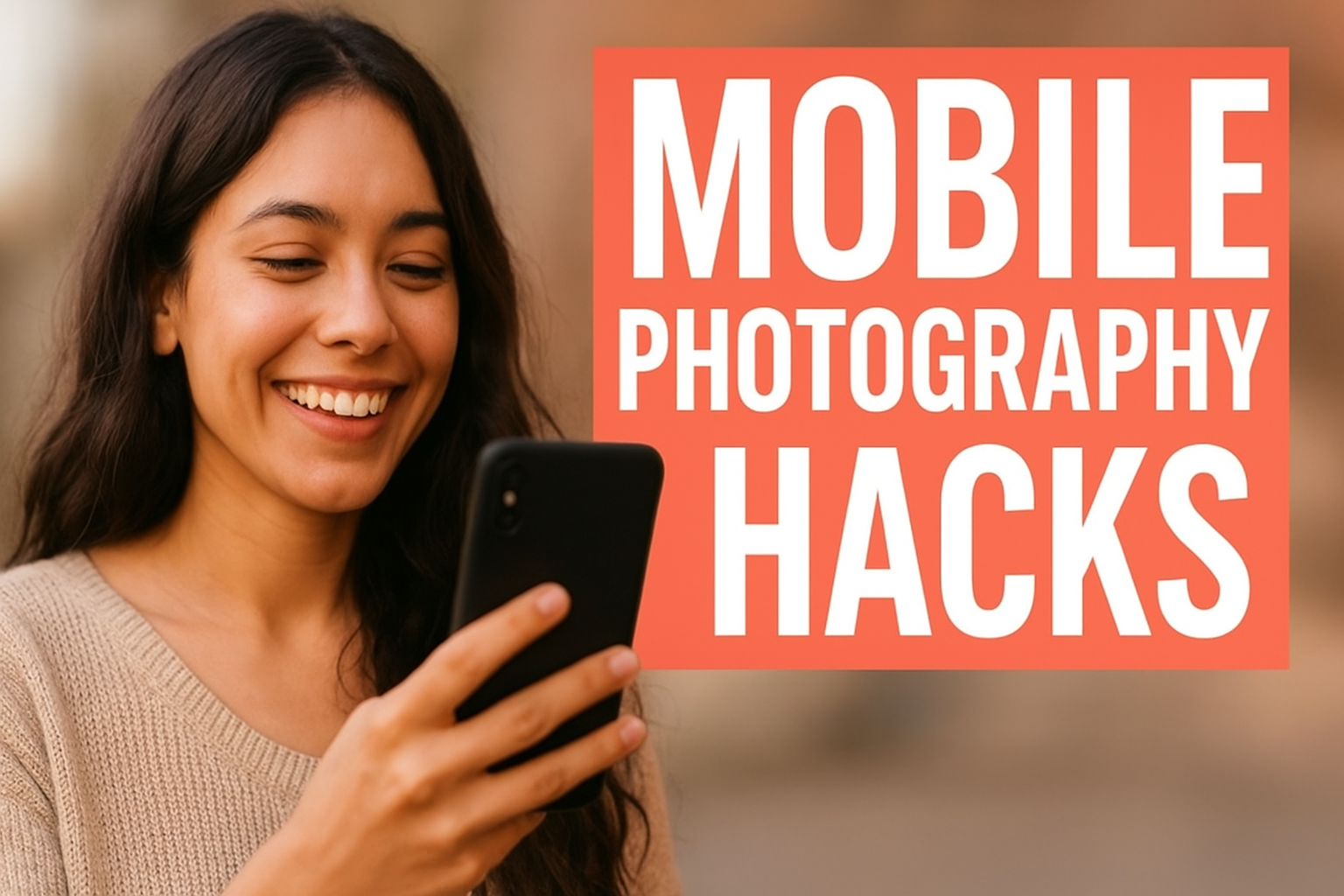
Mobile Photography Hacks: Candid Moments with Your Phone
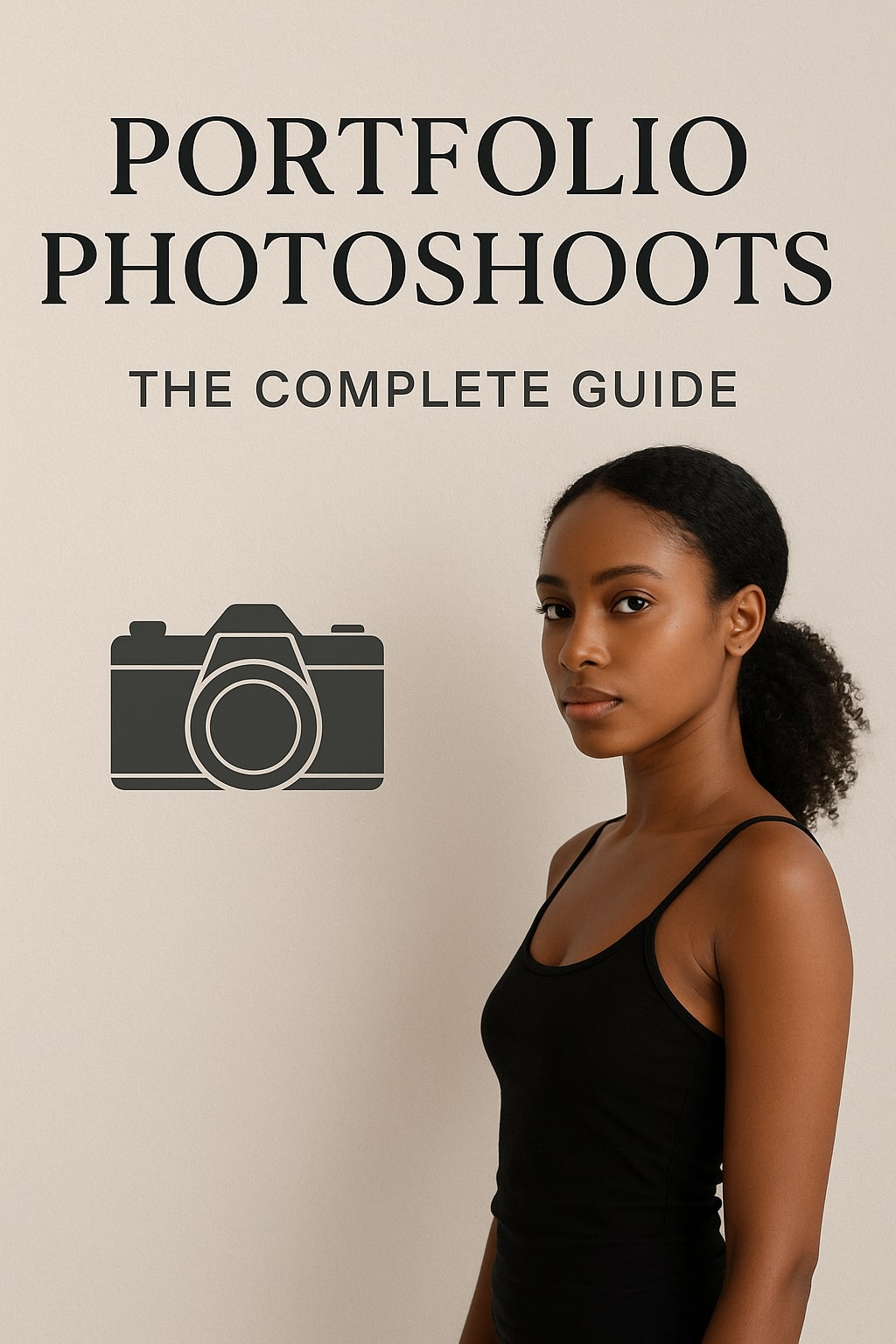
Professional Model & Portfolio Photoshoots: Show Your Best Work
-
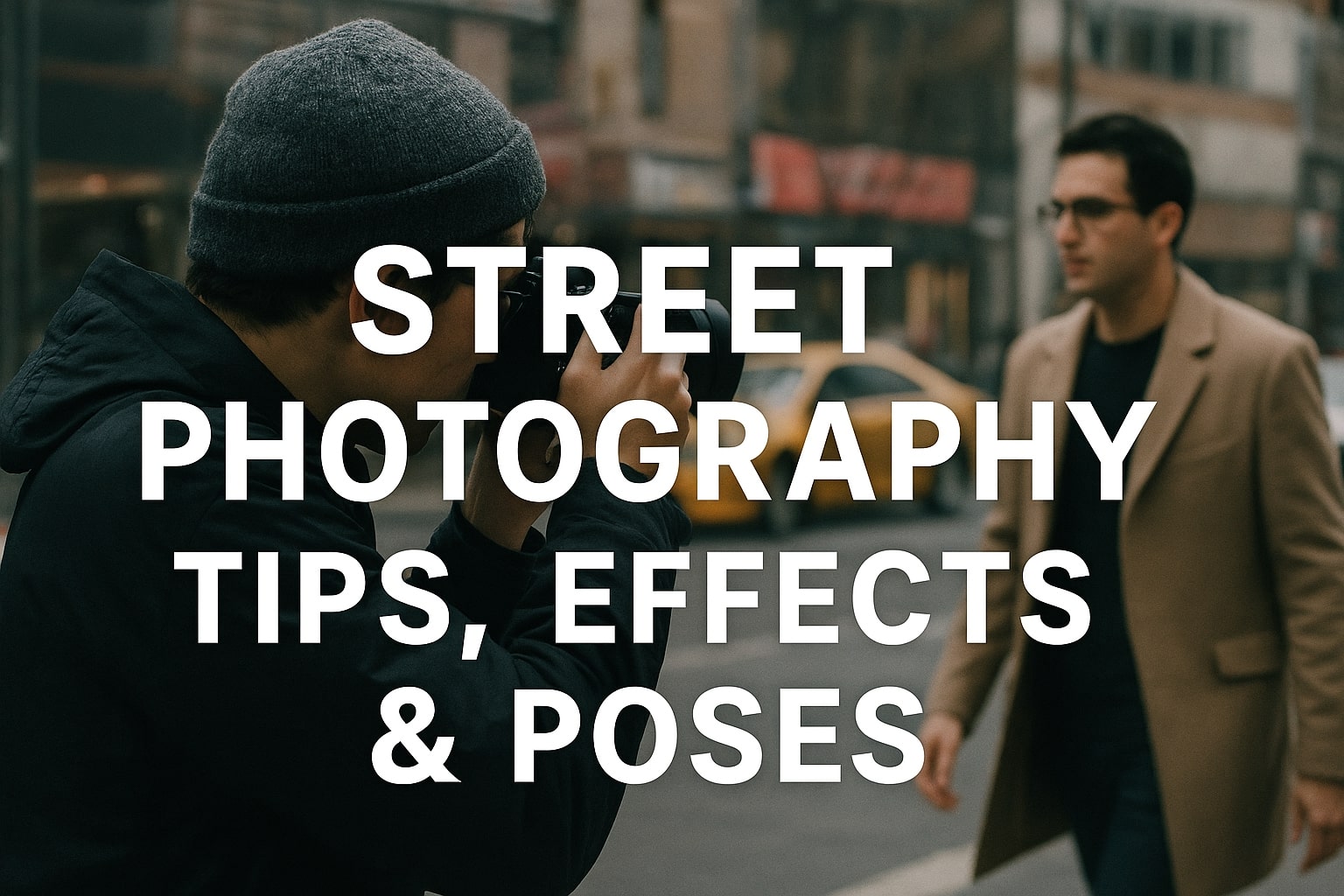
Street Photography Tips, Effects & Poses – Complete Guide
-
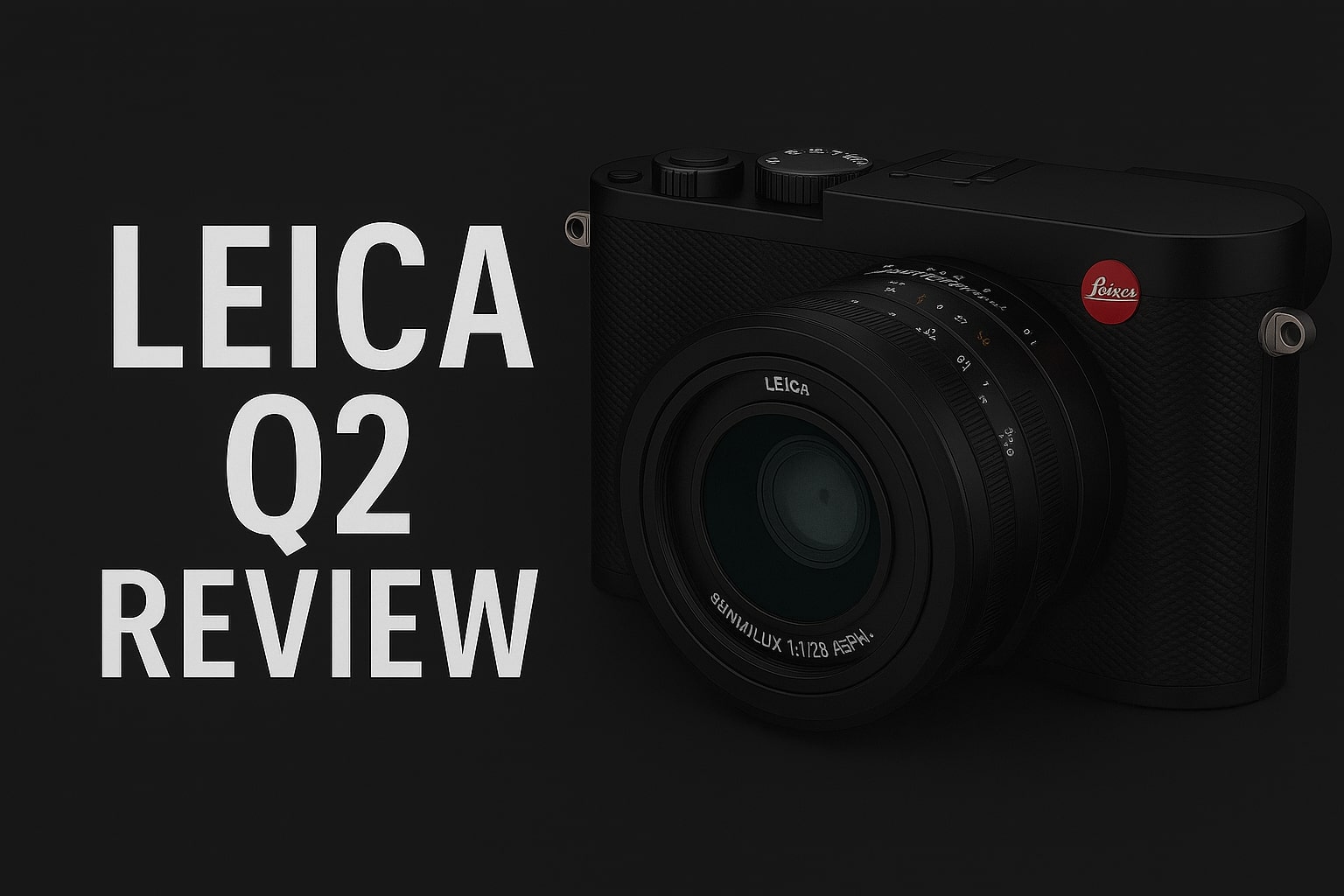
Leica Q2 for Photography: Why It’s Loved by Photographers
Mobile Photography Hacks: Candid Moments with Your Phone
Discover high-impact mobile photography hacks to capture genuine, gorgeous candid moments with your phone. Learn practical tips, composition secrets, and pro techniques to turn everyday scenes into stunning visual stories. Introduction: The New Age of Mobile Photography Photography has evolved beyond heavy cameras, technical jargon, and expensive equipment. Today, the power to capture extraordinary moments
Professional Model & Portfolio Photoshoots: Show Your Best Work
” Discover how to plan, style, and execute stunning portfolio photoshoots that showcase your skills, personality, and versatility. This comprehensive guide covers professional tips, posing ideas, gear suggestions, and industry insights for models and photographers.” Introduction – Why Portfolio Photoshoots Are the Cornerstone of a Photographer’s Career A well-crafted portfolio photoshoot is more than a
Street Photography Tips, Effects & Poses – Complete Guide
Discover the ultimate guide to Street Photography with expert tips, creative effects, and dynamic poses. Learn how to capture authentic urban moments, master composition, and tell powerful visual stories through your lens. Article Outline 1. Introduction to Street Photography Street Photography is more than just taking pictures of people in public spaces — it’s about
Leica Q2 for Photography: Why It’s Loved by Photographers
Introduction: The Cult Status of the Leica Q2 The Leica Q2 is not just a camera—it’s a statement. Combining the heritage of German precision engineering with modern digital excellence, it holds a special place in the hearts of professional and passionate photographers alike. With its full-frame sensor, prime Summilux lens, and minimalist design, the Q2
Top Cameras Under ₹1 Lakh for Freelance Photography
Freelance photography is no longer a niche—it’s a booming creative profession that demands not only vision and hustle but also the right gear. Your camera isn’t just a tool; it’s your storytelling partner. If you’re a freelance photographer aiming to balance performance, versatility, and budget, investing in a cameras under ₹1 lakh can offer the
Top Features of Nikon D850 That Make It Ideal for Photoshoots
Explore the top features of the Nikon D850 that make it a powerhouse for photoshoots. From exceptional resolution to dynamic range, this detailed Nikon D850 guide is built for professional and aspiring photographers. 1. Introduction When Nikon launched the D850, it quickly earned a reputation as a flagship DSLR that redefined what photographers could expect

